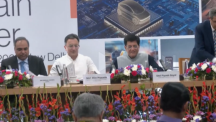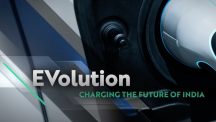Reasons To Invest
25,202 operational Public EV Charging Stations in India currently.
4.51 Mn+ electric vehicles registered in India (till Aug-2024) with 83 Charging Point Operators. In addition, the country has 30 State EV Policies.
FAME II intends to support 7,090 e-Buses, 5 lakh e-3 Wheelers, 55,000 e-4 Wheeler Passenger Cars (including Strong Hybrid) and 10 lakh e-2 Wheelers.
How We Help Investors
Research Content Provider
Location Analysis
Policy Advisory/Representation
Stakeholders Meeting
Issue Resoution
Regulatory Clearance Facilitation
FDI Norms
100% FDI is allowed under this sector under the automatic route.
100%
FDI Allowed
Government Support
Charging Stations
Production Linked Incentive Scheme on Advanced Chemistry Cell (ACC) (Incentives worth INR 18,100 Cr)
Charging as a Service
Infrastructure Map
Product Profiles
- Electric 2-wheelers
- Electric 3-wheelers
2W fleets are likely to shift to EVs much more rapidly.
The electric two-wheeler market in India is emerging on account of increased government policies supporting battery-powered vehicles, the growing awareness toward the environment, increasing petrol prices, and stringent emission norms.
2Ws are expected to be one of the early adopters of electrification. High vehicle utilization and easy home or workplace charging would drive the uptake in the commercial 2W segment.
e-2Ws sales have surged to 5,71,411 units in 2024-25.
Resources
Team Articles
Jul 19, 2024
In the vast landscape of India's economy, certain sectors…
Feb 01, 2024
India's Interim Budget 2024, presented earlier today by Hon…
Sep 09, 2023
Every year, on September 9, World Electrical Vehicle (EV)…
FAQ








